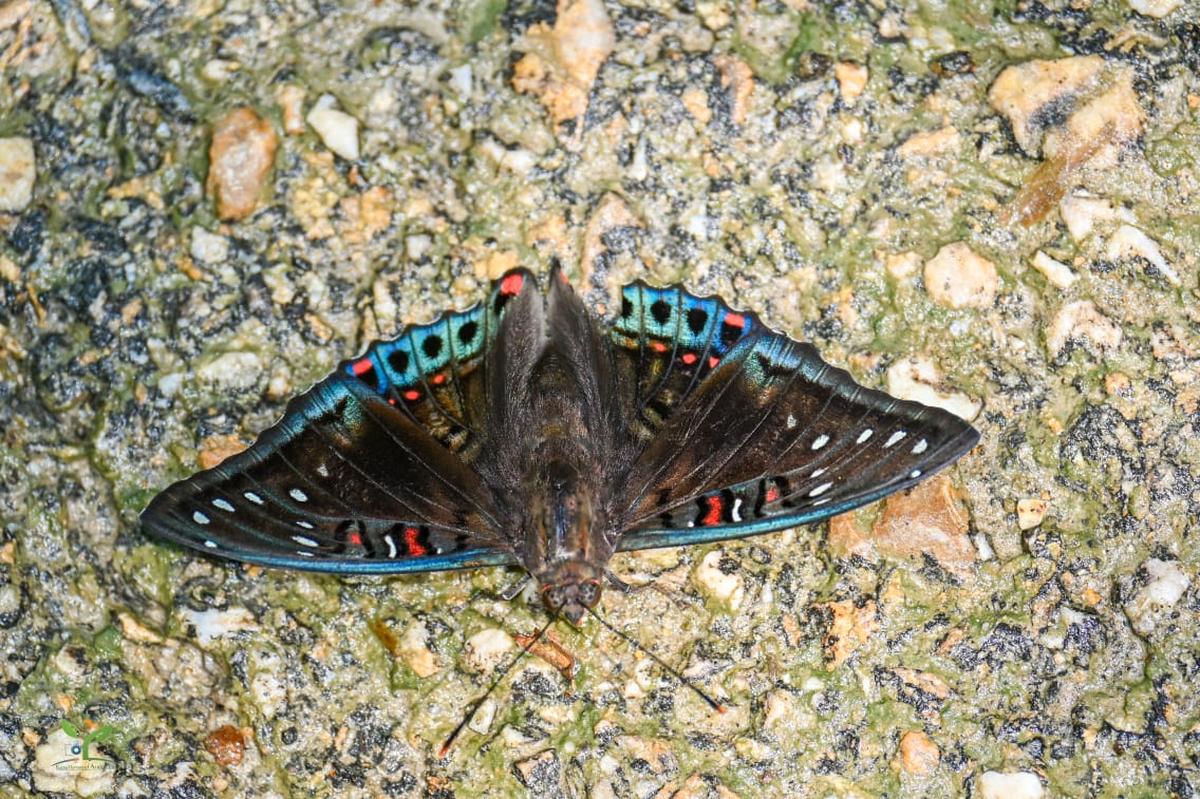Euthalia malaccana, from Aruanchal Pradesh’s Leparada district, added to India’s butterfly family.
| Photo Credit: Special arrangement
Arunachal Pradesh’s Leparada district has yielded the newest member of India’s butterfly family.
The Euthalia malaccana has long been a subject of taxonomic debate. Initially identified as a subspecies of Euthalia adonia before being established as an independent species, this butterfly is found primarily in Southeast Asia, with records from northern Thailand, the Malay Peninsula, and the Sunda Islands.
Its presence in India remained questionable, with earlier reports casting doubts on its occurrence in the Indian subcontinent.
Photographs and detailed field observations by Roshan Upadhaya, a citizen scientist and an Arunachal Pradesh policeman, and Lucknow-based citizen science expert Taslima Sheikh, confirmed the butterfly’s presence in the frontier State, thus extending its known range in the Indo-Australian region.
Their documentation was published in SHILAP Revista de Lepidopterologia, an international journal since 1973.
“Fieldwork was carried out across multiple sites, including Lai Ho along the Basar-Sago Road, with local guides assisting us in navigating remote areas. The species was identified based on distinctive wing patterns,” Mr. Upadhaya said.
Basar is the headquarters of the Leparada district. Five individuals of this species were documented in the area at an altitude of 685 metres above mean sea level between 2023 and 2024.

Euthalia malaccana, from Aruanchal Pradesh’s Leparada district, added to India’s butterfly family.
The photographic evidence and external morphological characteristics were cross-referenced with descriptions in the literature. The study marked the first definitive record of Euthalia malaccana in Arunachal Pradesh, contributing to the broader understanding of Papilionoidea diversity in the northeastern region.
The species is characterised by a blue apical spot on the forewings, which is prominent in males, while females display larger apical spots. The hindwings are adorned with reduced red spots. These features distinguish it from closely related species such as Euthalia lubentina.
Published – May 20, 2025 07:53 am IST
